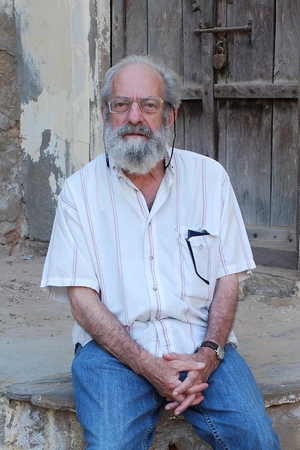Various epithets have been attached to phenomenon of communalism in India, “spontaneous” by far being the most oft-repeated. The late Paul Brass, a prolific scholar of South Asian politics and professor emeritus of political science at the University of Washington; carefully dismantles such perceptions by noting the very contrivednature of riot-making in urban areas. These were not spontaneous occurrences, but carefully calculated activities planned by key actors which were often the result of frequent rehearsal. He develops the model of “institutional systems of riot production” to bear out that these riots were not the “natural” result of “historic animosities” but that of orchestrated instigation. In the Meerut riot of 1961 he finds that the police gave complete freedom to Hindu militants to act per their whims and the violence on Muslims consequently reached fever pitch. Brass questions the mob element of the riots in the face of his findings which suggest a clear motivation on the part of certain Hindu groups to incense Muslims by setting out on marches in their areas and attacking them with near-impunity from police authorities. This kind of riot-making had a direct bearing on electoral outcomes which saw the waning of the Congress in subsequent elections and the rise of the Jan Sangh. The latter had a more direct involvement in the process of riot-production too, a conclusion Charan Singh is said to have reached upon the independent surveys he undertook around the city in his capacity as the presiding Home Minister of the state.
By 1982, riots had changed their tenor as the Jan Sangh captured monopoly over Meerut and the Congress was reduced to the Muslim vote bank. Brass notes thaint points of discord or “mini-Ayodhyas” had existed universally, but the immediate precipitant was nearly always external forces. The motivation for this seems clear enough: electoral benefit. By 1982, any stable engagement from the government against these riots, of which Charan Singh was an important part, had veritably also disappeared. This is the clear progression of riots moving from the fringe to the mainstream, with few in the government now willing to insulate against their worst abuses. These were far from the last riots these areas were to see, and any student of history and political science would gain much by the trenchant analysis of this paper as reports of communal discord regularly haunt our news cycle.


